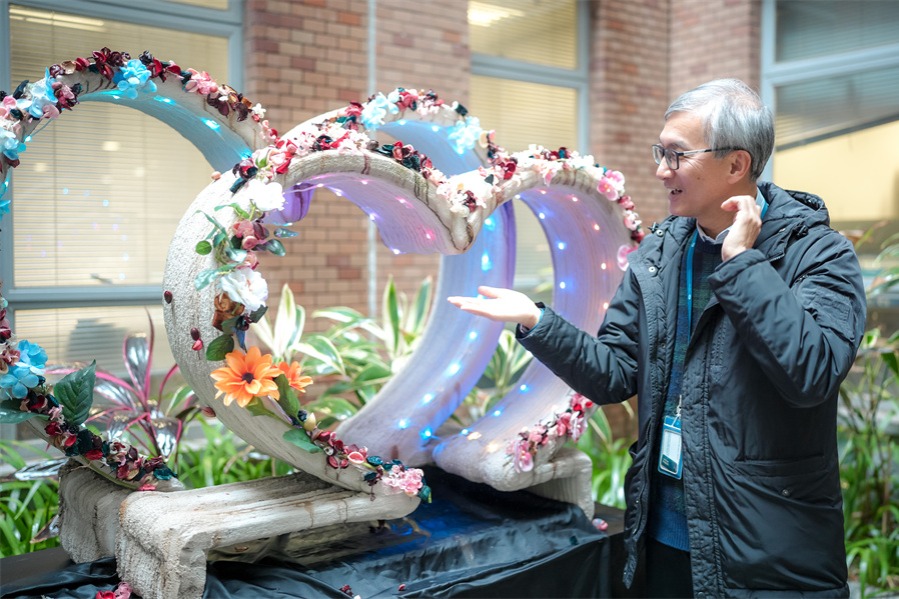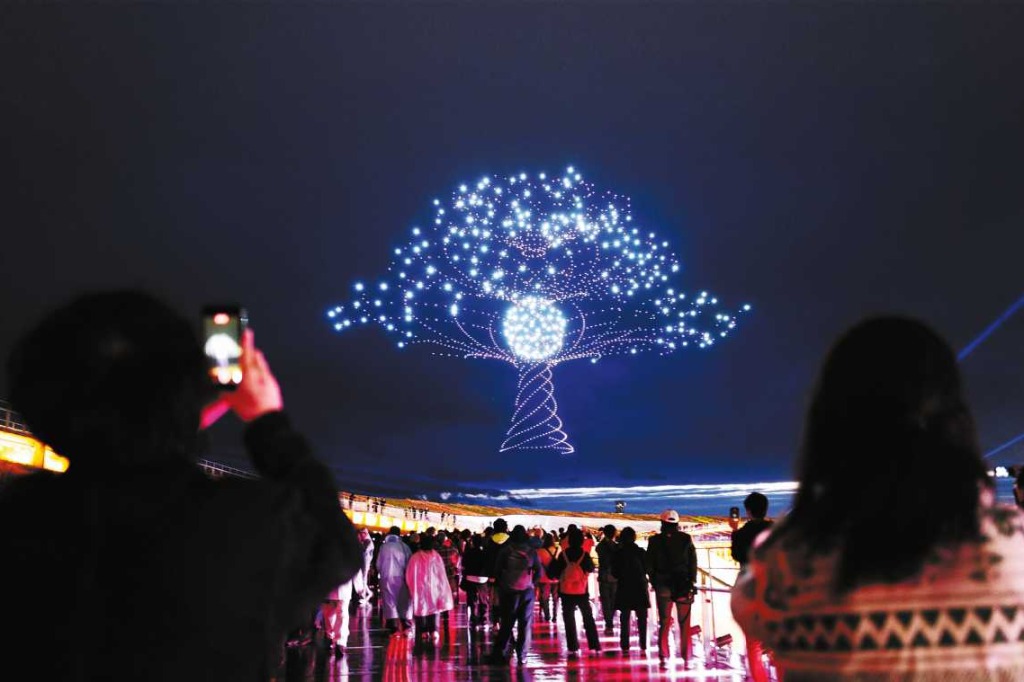A second, constructive life for greenhouse gas
Hong Kong's eco-bricks lay foundation for cleaner future


In 2015, Chan set his sights on carbon capture and utilization (CCU) technology, but shelved the idea due to high costs, space requirements for large facilities, and challenges in storing unused captured carbon dioxide. Additionally, carbon-credit trading was underdeveloped, with unclear calculation methods and standards.
Chan revived the plan during the pandemic, deciding to proceed as conditions improved.
At the time, no small-scale carbon capture systems existed in Asia. Chan built and designed the system by sourcing equipment from Scotland and assembling the rest locally with HKPC's support.
"Our system now takes up much less space, and the initial investment cost is relatively low," Chan noted. "We plan to bring the entire system to market in the future," he added.
At the end of 2024, it opened an office in Singapore, where a carbon tax is imposed on enterprises, to target clients in Southeast Asia as well as Hong Kong-based businesses with products shipped to Europe and America, where stricter environmental standards apply.
To showcase the process to potential clients, Chan set up a factory near his eco-bricks mill, which produces traditional eco-bricks made from recycled glass.
"Clients may have varying needs for reducing carbon emissions. For those aiming to cut their carbon footprint, we offer facilities to capture carbon dioxide. For construction material producers, we provide technology to make their products greener and lower in emissions," he explained.
























